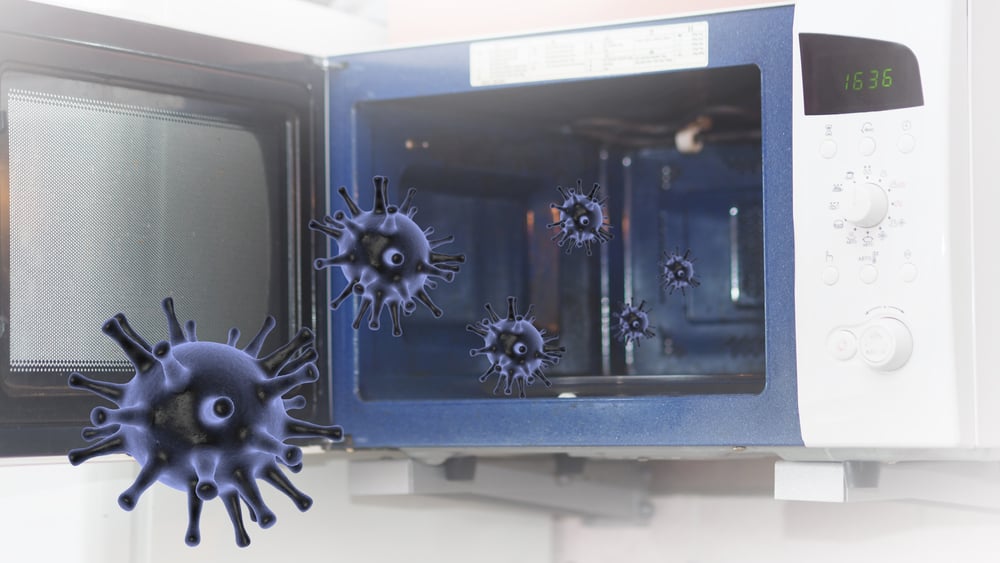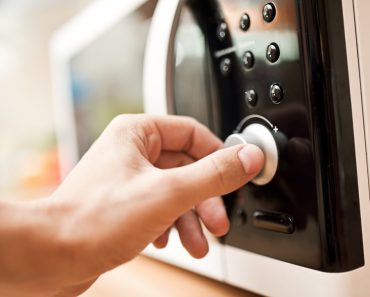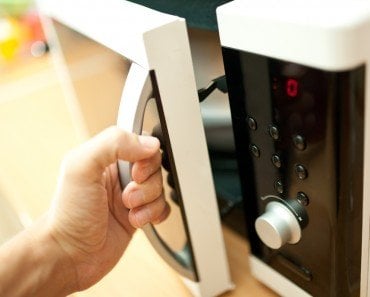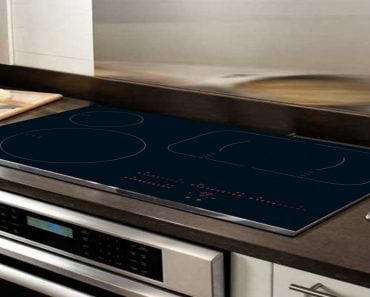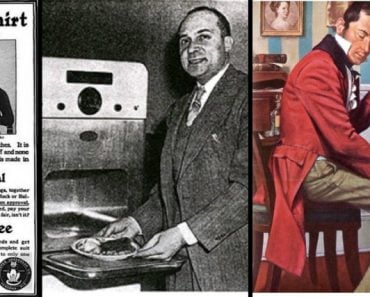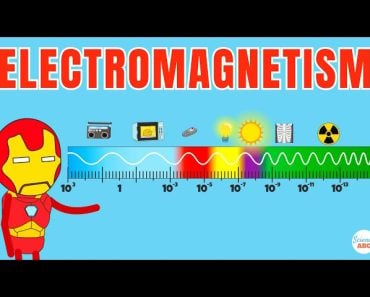Table of Contents (click to expand)
The turntable rotates the food to cook it uniformly, thereby reducing the effect of the hot and cold spots created by the interference of microwaves.
It’s almost 3:00 am, but your stomach is growling, so you consider eating the half-eaten pizza on your floor. Unfortunately, it’s cold now. You could reheat it in the oven, but it takes forever for the oven to heat up. Most of you would probably just pop it in the microwave and be eating within minutes. Well, it’s easy to say that now, but until the 1940s, microwaves were non-existent! Microwave ovens went through a series of evolutions and improvements before becoming what they are today.
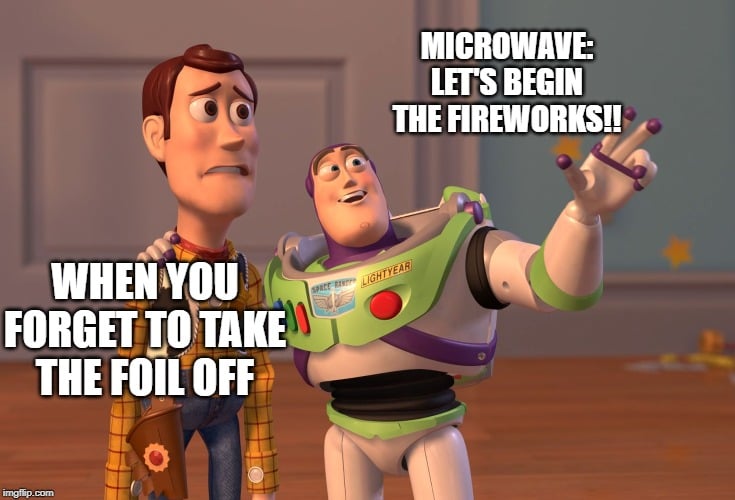
Recommended Video for you:
What Are Microwaves?
Microwaves are types of radiation in the electromagnetic spectrum ranging from 300MHz to 300GHz. The ‘micro’ prefix does not limit them to the range of micrometers, as these waves can be up to 1 meter in length, but as these waves are comparatively smaller than radio waves, they are distinguished as microwaves. Contrary to popular belief, microwaves are more than ‘the waves used in microwaves to cook food’. Microwaves aid in our observation of weather patterns, form an important aspect of any GPS system, and can even penetrate the atmosphere and foliage to track the amount of moisture in the soil. These waves travel by line-of-sight paths and can pass through a fair amount of obstacles before being absorbed, which explains their use in communication systems. So, all in all, they’re pretty amazing waves in terms of usefulness.
How Did We Learn That Microwaves Could Help Us Cook?
A simple observation by a curious mind was the reason behind this great invention. During World War II, a self-taught scientist named Percy Spencer contributed greatly to developing efficient radar systems. Radar systems used magnetrons that produced waves in the microwave range. As the war neared its end, there was a need to find an alternative use for magnetrons. During one of his experiments, Spencer noticed that the chocolate bar in his pocket had melted while he was standing near an active radar set. This piqued his interest, so he played around with the idea of these waves being used to cook food. He tested his hypothesis by popping popcorn and boiling an egg (which actually spluttered on his colleague’s face!). He designed a rectangular cavity to hold the waves inside and cook food in a closed setting. Early microwaves were huge, coming in at almost 6 ft. wide, as well as expensive, which limited their use to hotels. However, by 1967, within two decades of their discovery, microwaves were one of the most popular and sought after devices in American households!
How Does A Microwave Work?
The magnetron in these devices generates microwaves using power from the supply. These waves are released in the rectangular metallic cavity by a waveguide. The waves keep bouncing back and forth, reflecting off the metal surface until they reach the food. The microwaves penetrate the food, causing the molecules to vibrate, which eventually heats up the food. Microwaves heat up the molecules in the food simultaneously and evenly because, unlike ovens, microwaves work on the principle of heating using radiation, not conduction. Liquid molecules are easily excited, so food with a high amount of liquid content heat up very quickly.
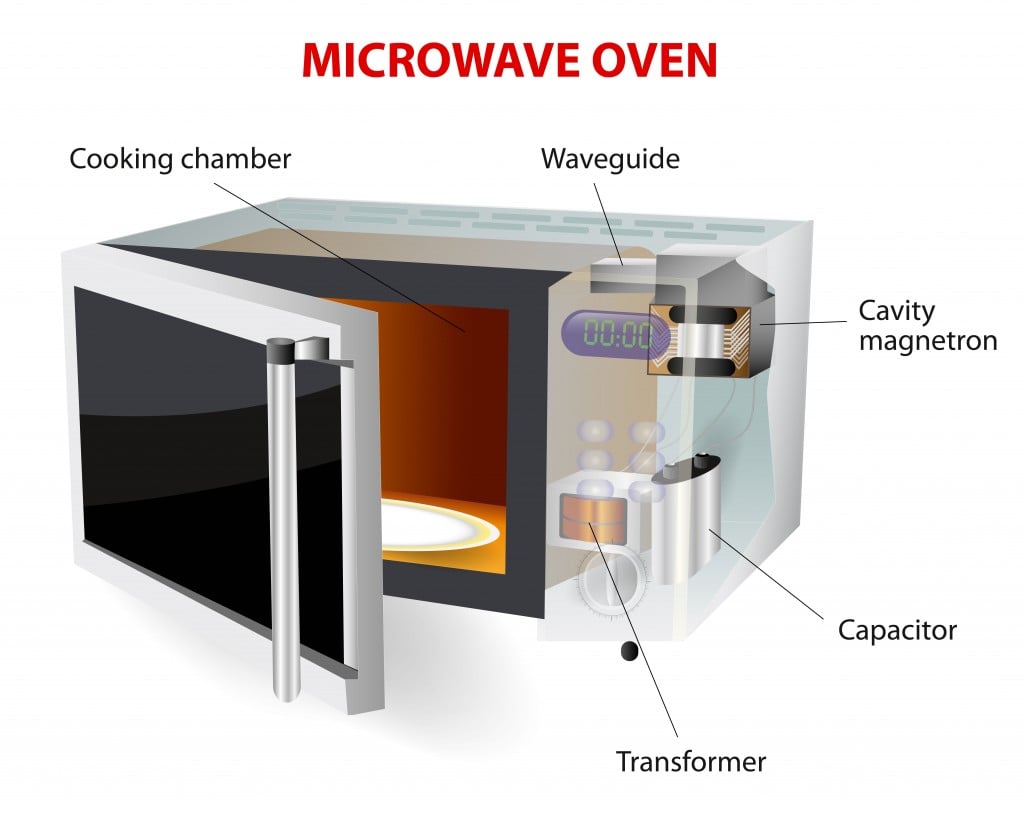
What Makes The Microwave Unique?
Experiment: Fill the glass plate of the microwave with marshmallows, then switch on the function that allows you to cook food without rotating the microwave plate. Now, let the marshmallows cook for a minute or so. You’ll observe that the marshmallows have browned a bit at some places, but are uncooked at other spots. Why is that?
Microwaves are released in the cavity (rectangular box) only to be reflected from the surface and ultimately absorbed by the food molecules. A wave trapped in the cavity and reflecting off various surfaces is bound to have an interference pattern. When waves interfere, a resultant wave is formed that may be a standing wave or a wave whose intensity is considerably different from the parent wave. When waves interfere constructively, the amplitude doubles and the energy of the wave increases. When this happens in the microwave cavity, a hot spot is created that warms the food near it. When the waves interfere destructively, there is no net radiation, which creates a cold spot. Therefore, food at this spot tends to remain cold. These standing wave patterns create hot and cold spots in the microwave cavity. Both of these instances are the extreme possibilities; there are also waves that have a pattern of interference lying somewhere between these two extremes.
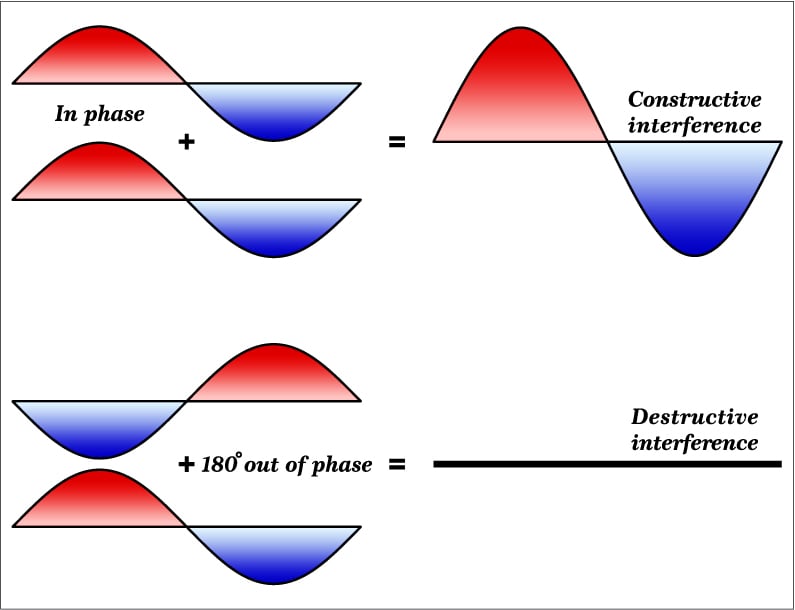
So, the browned marshmallows were sitting in the hot spots and the remaining were located in the cold spots. So, how do you cook food evenly in a microwave?
Microwaves interact with the liquid molecules in your uncooked food. Essentially, microwaves are a kind of standing wave because they have such a low frequency. In order to distribute the waves evenly throughout the cavity, you must control the movement of the food, hence the rotating plate! The rotation of the plate ensures that microwaves spread evenly and that the food cooks simultaneously and uniformly.
There are also flatbed microwaves with a kind of stirrer/mixer at the top that makes sure the waves are evenly spread, even though the food is not rotating, .
Microwaves are some of the most popular appliances worldwide and they continue getting better and more sophisticated. Who would have imagined that radar systems could be modified to cook food! However, this invention would have been far less popular had someone not realized the need for the turntable. This proves that, although scientific discoveries like cooking with microwaves is revolutionary, a bit of common sense and simple engineering is also essential!
References (click to expand)
- The EM spectrum. The University of Tennessee
- Microwaves | Science Mission Directorate. The National Aeronautics and Space Administration
- M.Pozar D. (2009). Microwave Engineering, 3Rd Ed. Wiley India Pvt. Limited
- October 8, 1945: First Patent for the Microwave. The American Physical Society
- Microwave Oven Radiation - FDA. The United States Food and Drug Administration
- HOW IT WORKS: MICROWAVE OVENS – HELIX - www.helix.northwestern.edu
- A Brief History of the Microwave Oven - IEEE Spectrum. IEEE Spectrum

